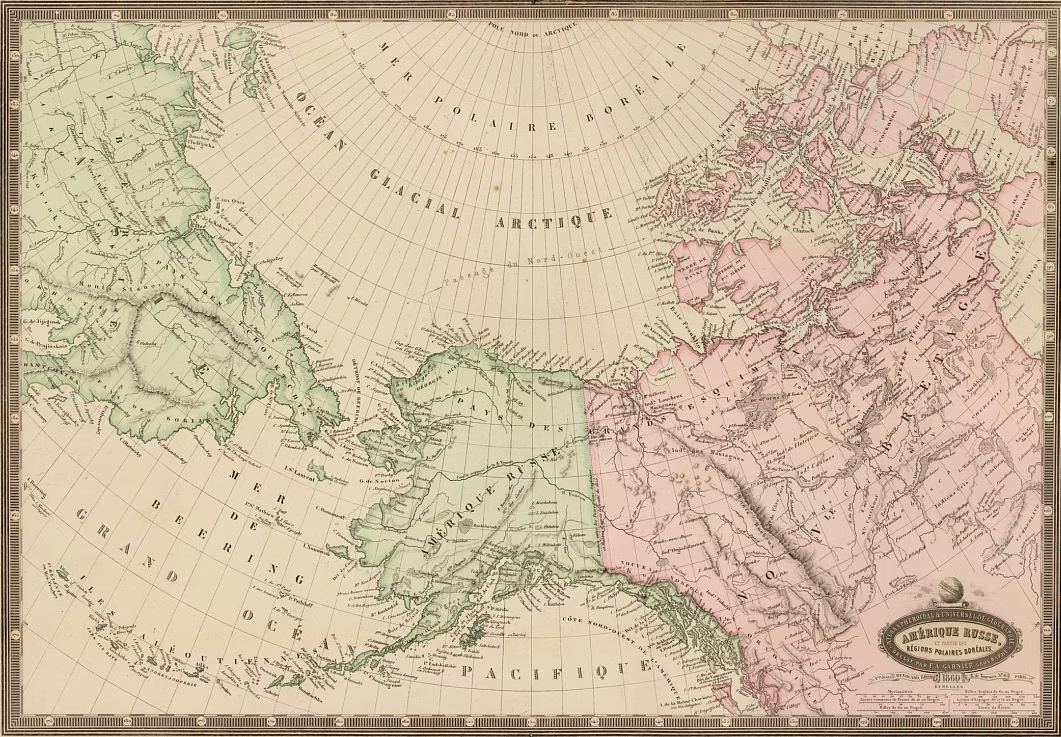The upcoming meeting between Donald Trump and Vladimir Putin in Alaska draws attention not only for its political substance but also for its location. For most, it is a remote northern U.S. state, known for its harsh climate, gold mines, and oil fields.
A century and a half ago, however, Alaska was part of the Russian Empire, and its transfer to the United States became one of the most remarkable diplomatic transactions of the 19th century. At the time, it was viewed as a pragmatic move driven by geopolitical calculations, and over time it became wrapped in myths and disputes—from tales of vast riches to debates over its economic merit.
To understand why today’s meeting on this soil carries an added historical resonance, it is worth recalling how Alaska came to be American.
By historical standards, Alaska remained within the Russian Empire’s sphere of influence for only a short time—just over a century. The first Russian to reach its shores was the navigator Semyon Dezhnev in 1648. Yet nearly a century passed between that event and the start of systematic settlement: it was only in 1745 that the first groups of traders arrived. Their interest lay not in exploiting mineral resources, but in the fur trade and commerce with the local Aleuts.
Even by the mid-19th century, this vast, harsh land remained sparsely populated. It had settlements and an administrative center—Novo-Arkhangelsk—but they could hardly be described as “Russian” in the strict sense. A census conducted on the eve of the territory’s transfer to the United States in 1867 recorded about two thousand Russian inhabitants, compared with some fifty thousand Indigenous people—Indians, Eskimos, and Aleuts.
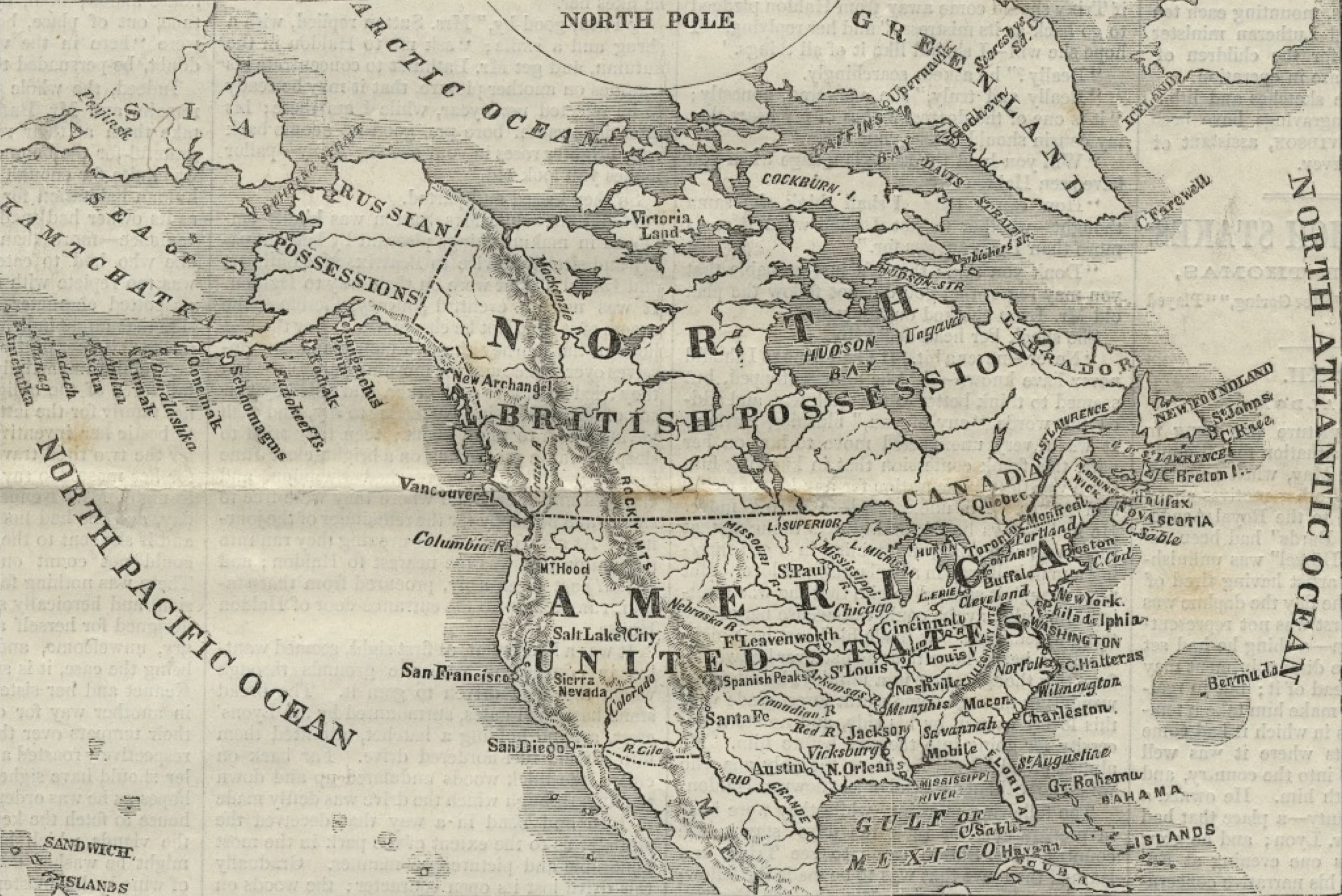
Remote, But Not Forgotten
For many years, Alaska’s remoteness was not seen as a serious drawback. Russia remained a great power, and the prospect of losing distant territories seemed unlikely. The Crimean War of 1853–1856, however, changed the equation: nearly all the leading European powers took the field against Russia, allies were scarce, and British colonies lay close to its borders. In the event of another conflict, defending Alaska would have been extremely difficult. It was then that discussions began in St. Petersburg about the possibility of selling the territory.
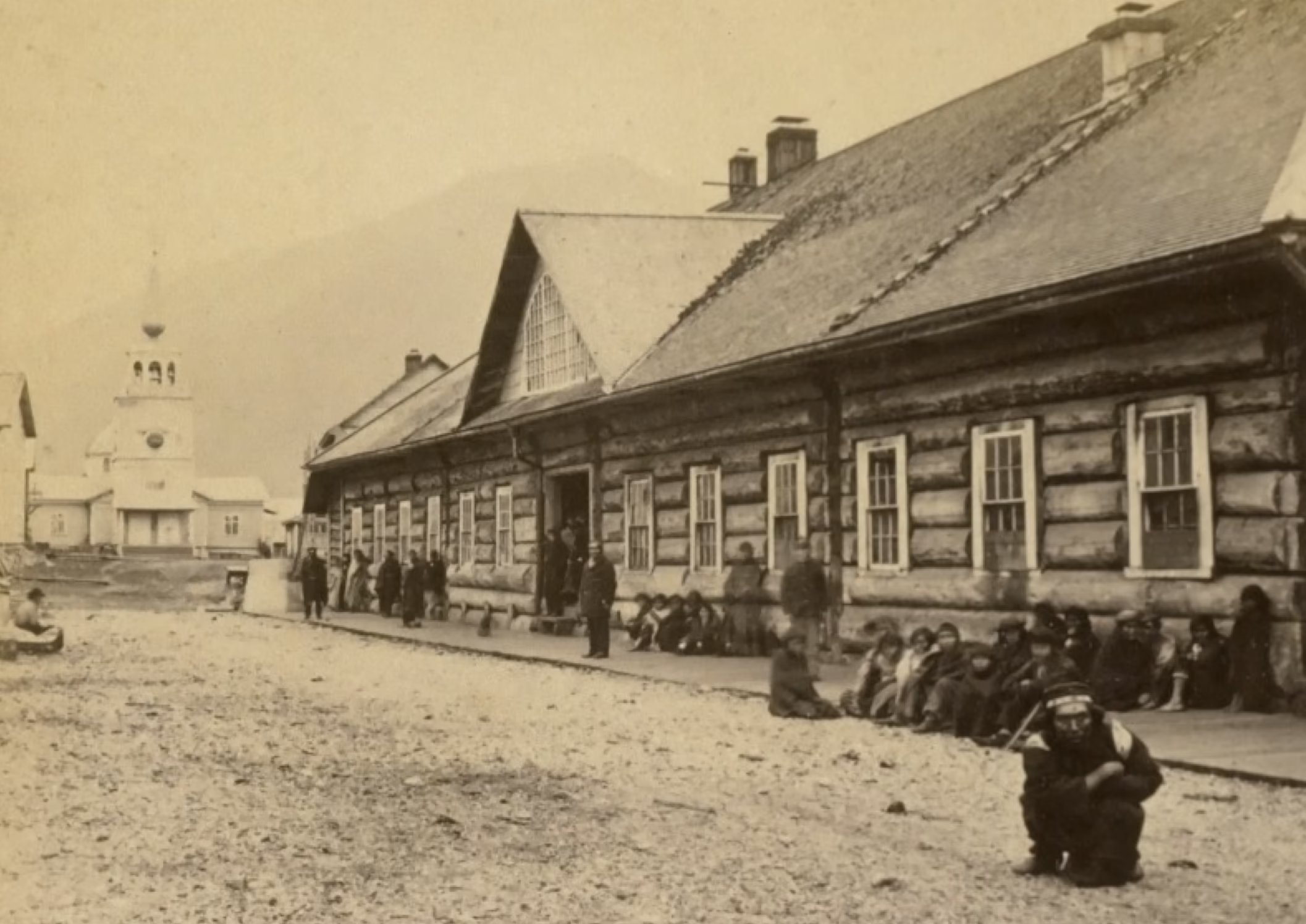
Central Street and the Russian Orthodox Church in Sitka.
The idea was not to hand the territory over to the British Empire, but to sell it to the friendly United States. The first to voice this proposal, in 1853, was Nikolay Muravyov-Amursky, Governor-General of Eastern Siberia. American interest followed soon after: in 1854, U.S. Secretary of State William Marcy approached the Russian ambassador in Washington with an inquiry about a deal. But the war and the death of Nicholas I postponed any talks. An attempt to revisit the matter in 1857 was interrupted by the outbreak of the American Civil War.
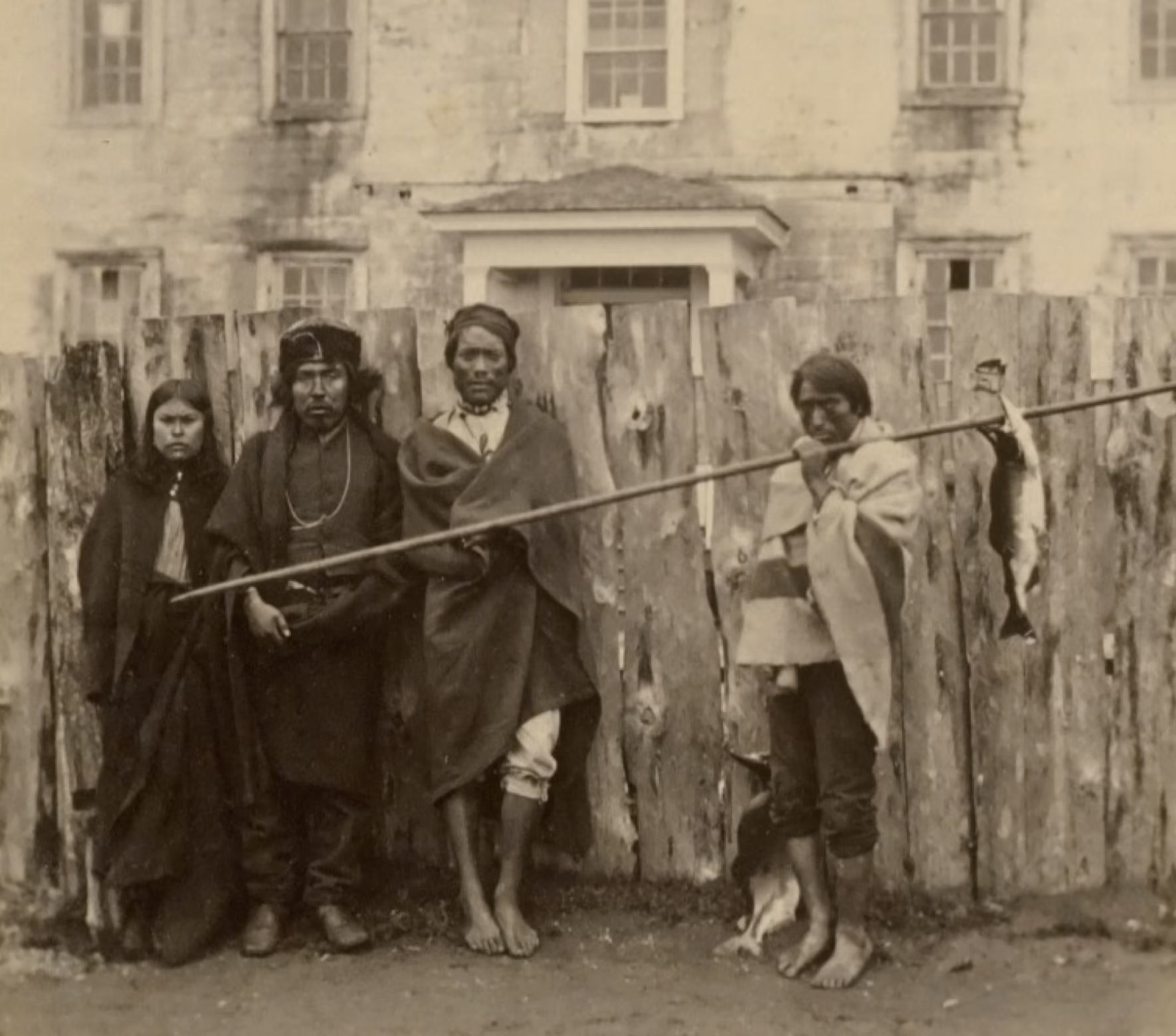
Members of the Kiks.ádi clan of the Tlingit people in Sitka.
The Deal of the Century
It was only in 1866 that the question was raised again—this time at Russia’s initiative. On December 28, Emperor Alexander II approved the sale. In March 1867, Russia’s ambassador in Washington, Eduard Stoeckl, formally offered Alaska to U.S. Secretary of State William Seward. Negotiations were brief: the parties agreed on a price of $7.2 million in gold (equivalent to about $1.15 billion today). The treaty was signed on March 30, 1867.
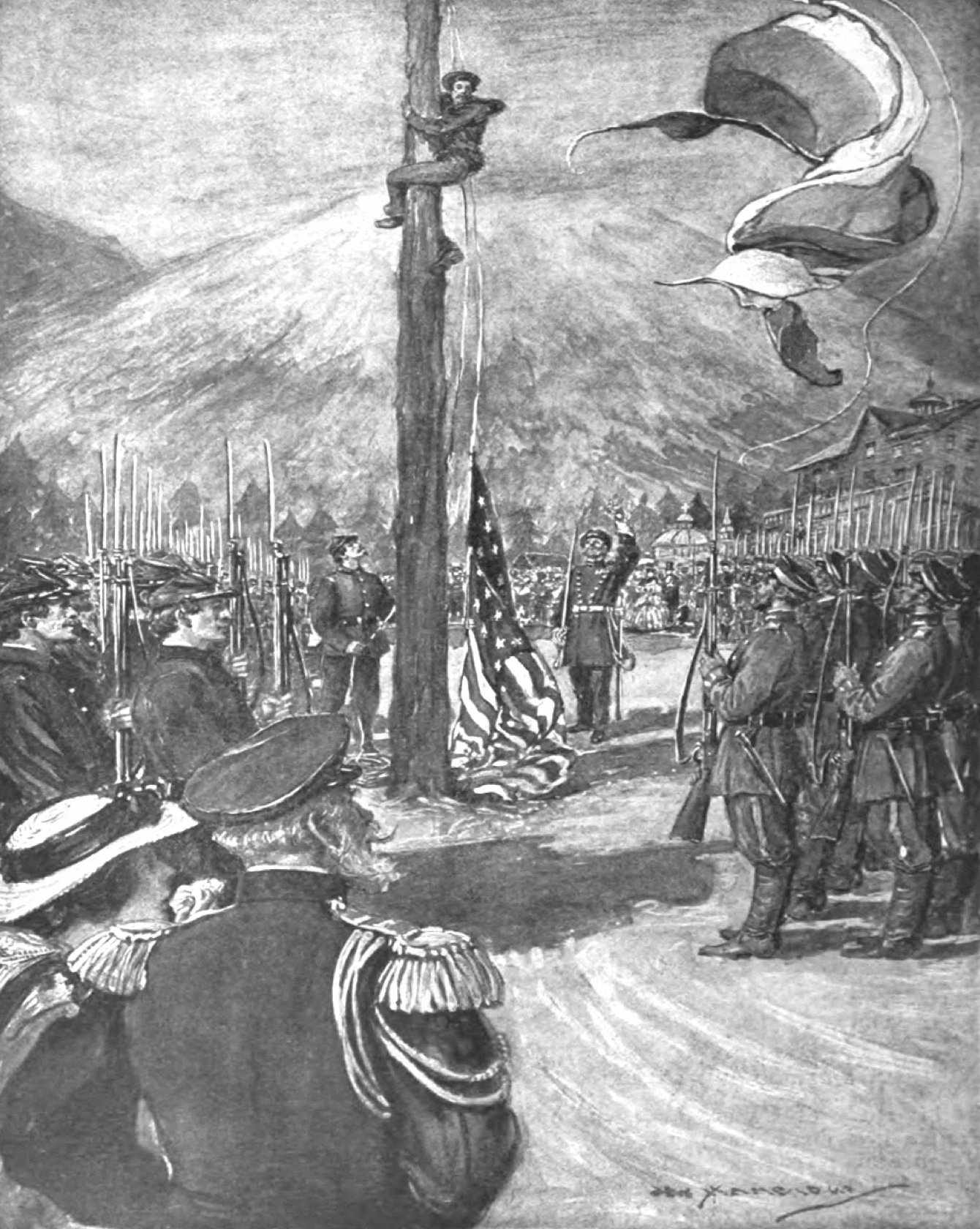
In Russia, the deal passed without serious controversy. In the United States, however, some members of Congress voiced dissatisfaction—both with the price and the process, especially amid the challenges of postwar reconstruction. Nonetheless, both chambers approved the purchase. On October 18, 1867, Alaska officially came under U.S. administration.
Most of the proceeds went toward purchasing railway equipment—one of the key components of industrialization. Over time, the sale became surrounded by myths, including tales of limitless gold. Gold was indeed discovered, but largely after the territory had passed under the American flag.
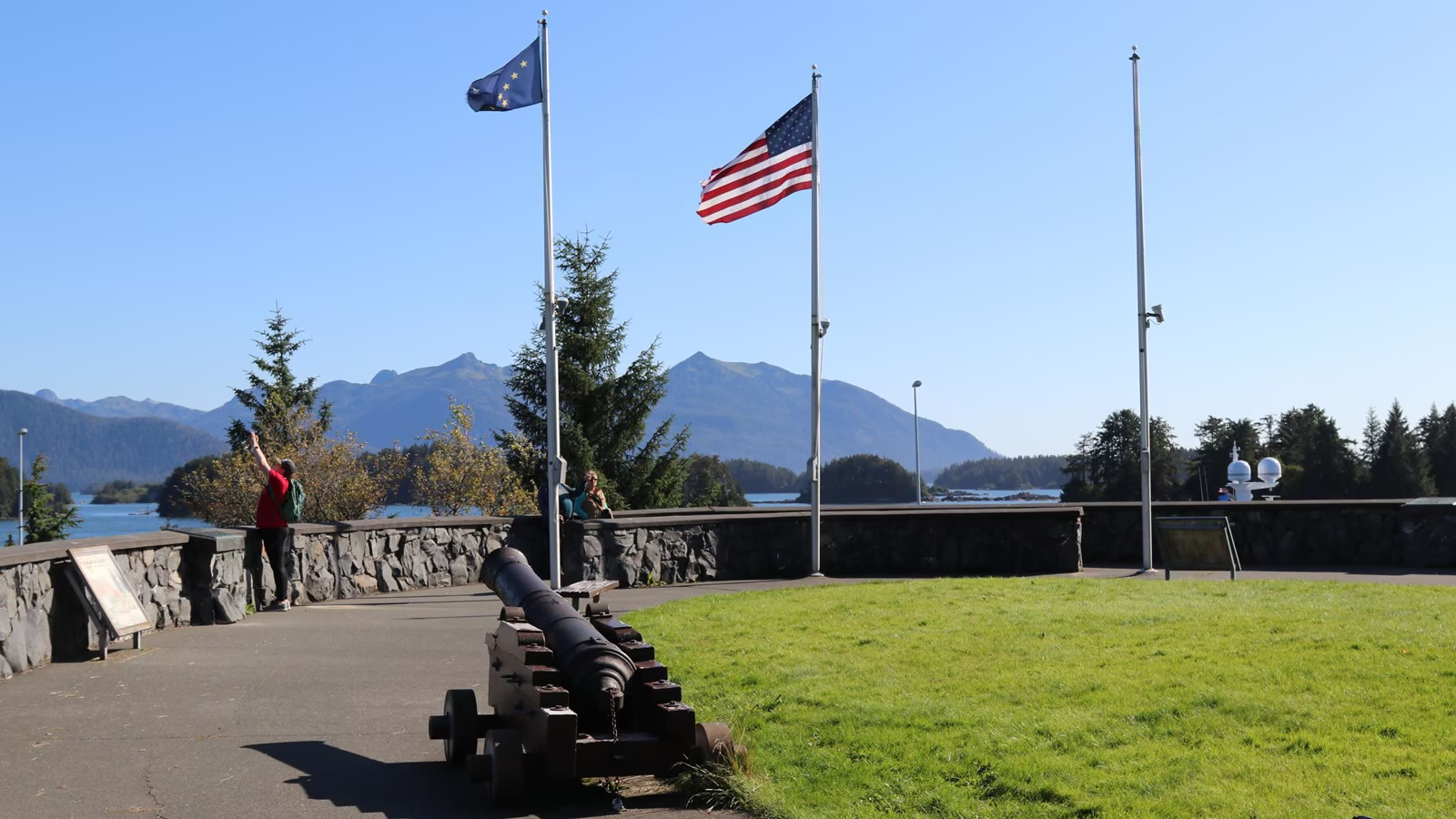
The site where the U.S. flag was raised in Sitka after Alaska’s incorporation into the United States.
Economics and Geopolitics
From an economic perspective, the deal appears far less clear-cut. David Barker, a researcher from Iowa, has argued that over 140 years, the costs of developing and maintaining Alaska exceeded revenues by $13.4 million (in 1867 dollars). Only between 1976 and 1984, amid high oil prices, did the territory generate substantial profits.
Geopolitically, however, the advantage for the United States was unquestionable: it is hard to imagine the balance of power during the Cold War had the USSR possessed a foothold on the American continent. In 1867, relations between Russia and the United States were warm, and the chief rival for both nations remained the British Empire.
A Symbol and a Meeting Place
A century and a half ago, the deal between Russia and the United States set the course of this land’s history for generations. Today, Alaska once again finds itself at the center of the bilateral agenda—not as an object of sale or dispute, but as the venue where Presidents Donald Trump and Vladimir Putin plan to meet. For many, it will serve as an unexpected reminder that diplomacy and history often intersect where one least expects it.
